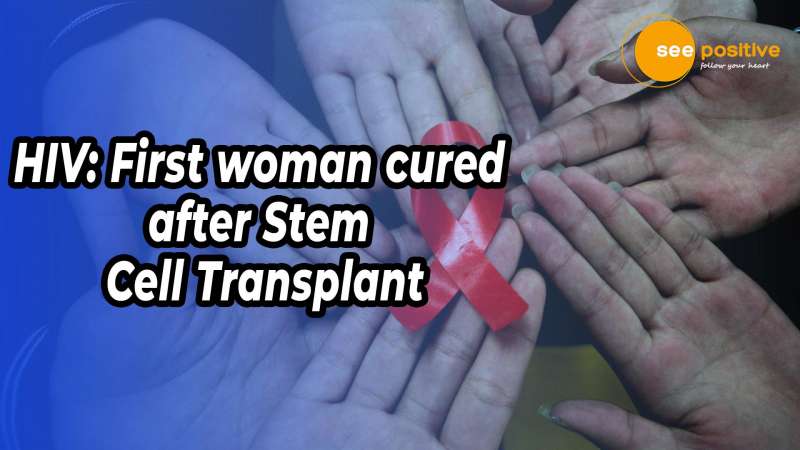

HIGHLIGHTS:
- The woman received a stem cell transfusion from someone who was naturally immune to the Aids virus.
- She has now been virus-free for 14 months.
- In her case, an umbilical cord blood transfer was performed. This transplant worked out well for her.
- This procedure, however, may not be appropriate for the majority of HIV patients.
- This procedure was carried out as part of her cancer therapy.
Researchers reported on February 15 that a leukemia patient in the United States became the first woman and the third person to date to be cured of HIV after getting a stem cell transplant from a donor who was naturally resistant to the virus that causes AIDS.
Transplantation of stem cells
In 2007, stem cell transplants were shown to have potential. Timothy Ray Brown was the first HIV-positive individual to be cured. He received an organ transplant from a donor who was naturally HIV-free. This achievement has only been repeated twice since then, both times with Adam Castillejo and the lady patient.
Is this the cure for HIV?
Some people around the world have a spontaneous mutation in their genes. These genes make them HIV-resistant. Scientists have now used the donor’s ‘umbilical cord blood’ for bone marrow transplant therapy of women with leukemia. Surprisingly, a woman was also cured of HIV. This was made feasible by a mutation in the donor’s umbilical cord blood, which cured the women’s HIV infection after transplantation. This was the first time that umbilical cord blood was utilized to treat HIV infection. However, before using umbilical cord blood to treat HIV, mutation screening is required. As a result, it is
currently not a generalizable treatment.
Viruses that cause human immunodeficiency (HIV)
Humans are infected by two different Lentivirus species. Over time, they produce acquired immunodeficiency syndrome (AIDS), a disorder in which the immune system gradually fails, allowing life-threatening malignancies and opportunistic infections to proliferate. Without treatment, the average survival time after HIV infection is 9 to 11 years, depending on the HIV subtype.
HIV is a virus that spreads through sexual contact, transfer of blood, sperm, pre-ejaculate, and vaginal fluids. Non-sexual transmission can occur when an infected mother exposes her newborn to her vaginal fluid or blood during pregnancy or childbirth, as well as through breast milk.


